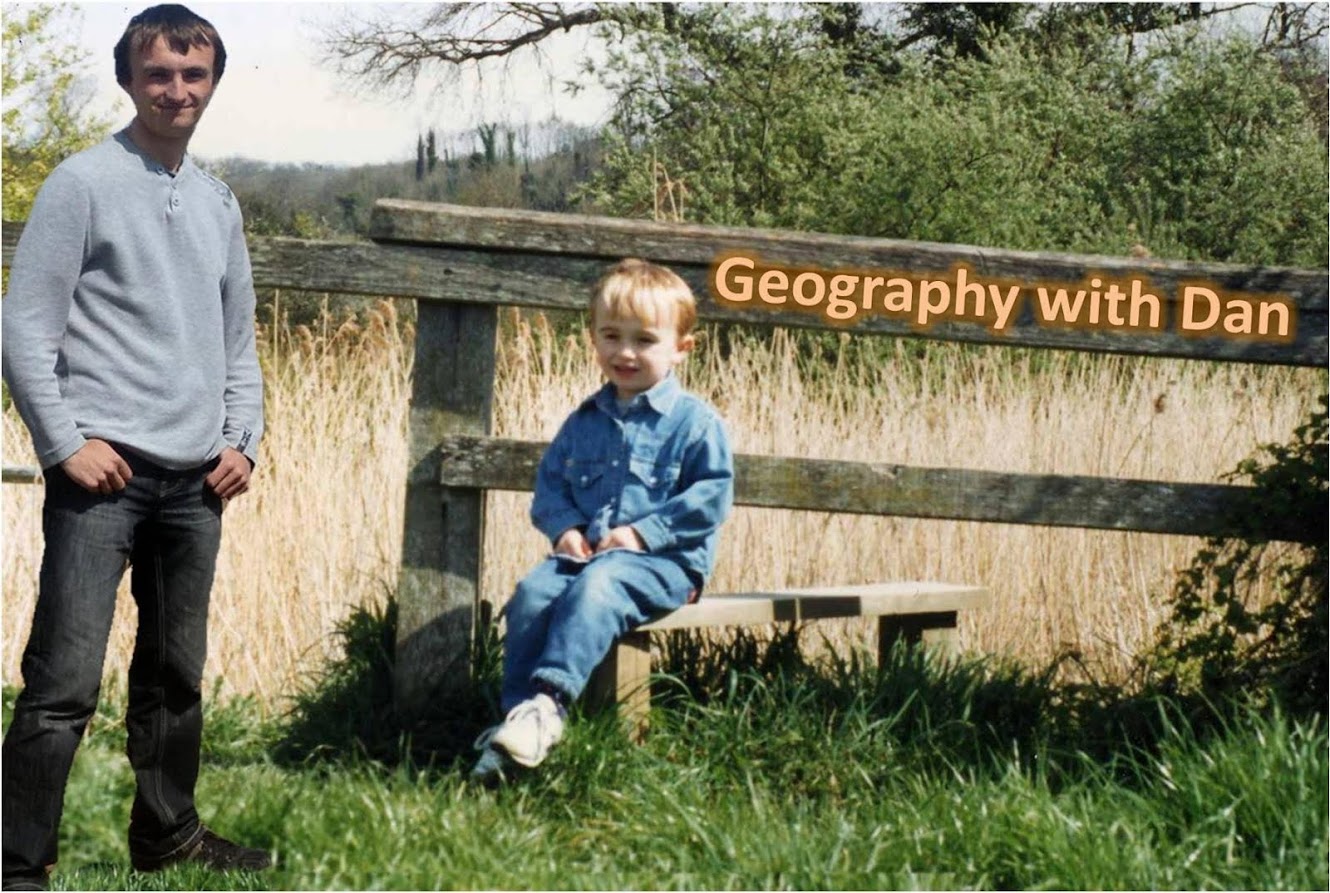It's sometimes odd to consider the fact that I have lived all of my life in one county, in one village, next to this 250 square meter patch of land, and yet for 99% of the time not even afforded it a second glance. Suddenly, I found myself spending more hours on this site per day than I did at home, and for a glorious summer, that's exactly where I wanted to be. Al fresco, breathing in the country air, gazing upon the horizon and listening to the soundings of nature.
My summer of fieldwork involved some very early starts. Due to the nature of simply acquiring as much data as I possibly could, I used to get up at 4am and be sat in my little on-site greenhouse by 4:30am, working away with the early morning radio for company. It was at these times of the day where some of my fondest memories of working at the site stem from. It was a spiritual time to be amongst the cultivated land. As I was removing the sleep from eyes, thin films of dew gradually turned to orange as each droplet reflected the fireball that was emerging from the horizon. I watched as shafts of light beamed through the stain glass windows of the local church, dispersing out the other side. I watched an early morning aerial commute in the sky by a gaggle of geese, and they watched me as I got on with the work.
So, what did I do? I was interested in the ways root tapering affected the soil, and there are two main strands to consider, namely the 'mechanical' factors and the 'hydrological' factors. Put simply, the physical properties of the soil particles and the distribution of moisture within the soil, respectively. So, for example, I used a little device called a penetrometer which measures the force required to insert a pin into the surface of the soil; a greater compacted soil obviously requires greater force. One of the ways that roots influence this parameter is when they are expanding in diameter. As they expand, they exert pressure onto the soil which fragments the soil up, thus a previously compact soil becomes less compact.
Whilst this type of measurement could be done in the field, a lot of my work across the summer simply involved extracting samples that could be later worked on in the laboratory. I can remember going through literally hundreds of sample bags, labelling each one up, and taking them home to leave in a special fridge. Mixing the samples up was not an option!
Of course, whilst my days were spent taking measurements and collecting samples, there was an awful lot of maintenance required to keep the plants growing. From filling up the water-butts with bags of water in the wheelbarrow, to de-slugging the site and watering the crops, every day was packed full of things to do. But one of the best things was that for a few months, that became my second home. A place where memories were made.
 |
| Many moons ago... |
My summer of fieldwork involved some very early starts. Due to the nature of simply acquiring as much data as I possibly could, I used to get up at 4am and be sat in my little on-site greenhouse by 4:30am, working away with the early morning radio for company. It was at these times of the day where some of my fondest memories of working at the site stem from. It was a spiritual time to be amongst the cultivated land. As I was removing the sleep from eyes, thin films of dew gradually turned to orange as each droplet reflected the fireball that was emerging from the horizon. I watched as shafts of light beamed through the stain glass windows of the local church, dispersing out the other side. I watched an early morning aerial commute in the sky by a gaggle of geese, and they watched me as I got on with the work.
Whilst this type of measurement could be done in the field, a lot of my work across the summer simply involved extracting samples that could be later worked on in the laboratory. I can remember going through literally hundreds of sample bags, labelling each one up, and taking them home to leave in a special fridge. Mixing the samples up was not an option!
Of course, whilst my days were spent taking measurements and collecting samples, there was an awful lot of maintenance required to keep the plants growing. From filling up the water-butts with bags of water in the wheelbarrow, to de-slugging the site and watering the crops, every day was packed full of things to do. But one of the best things was that for a few months, that became my second home. A place where memories were made.





No comments:
Post a Comment